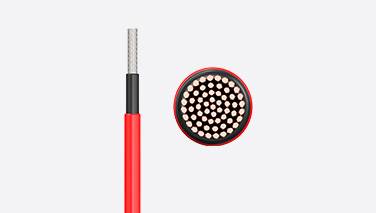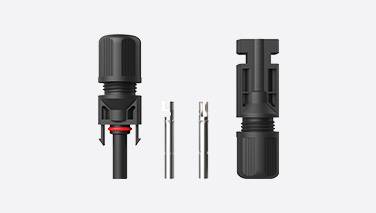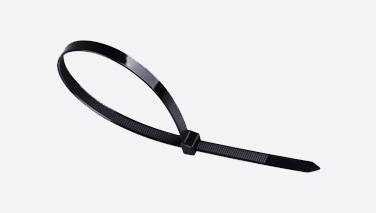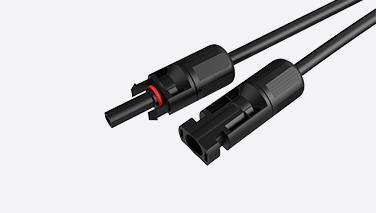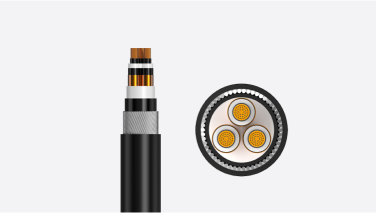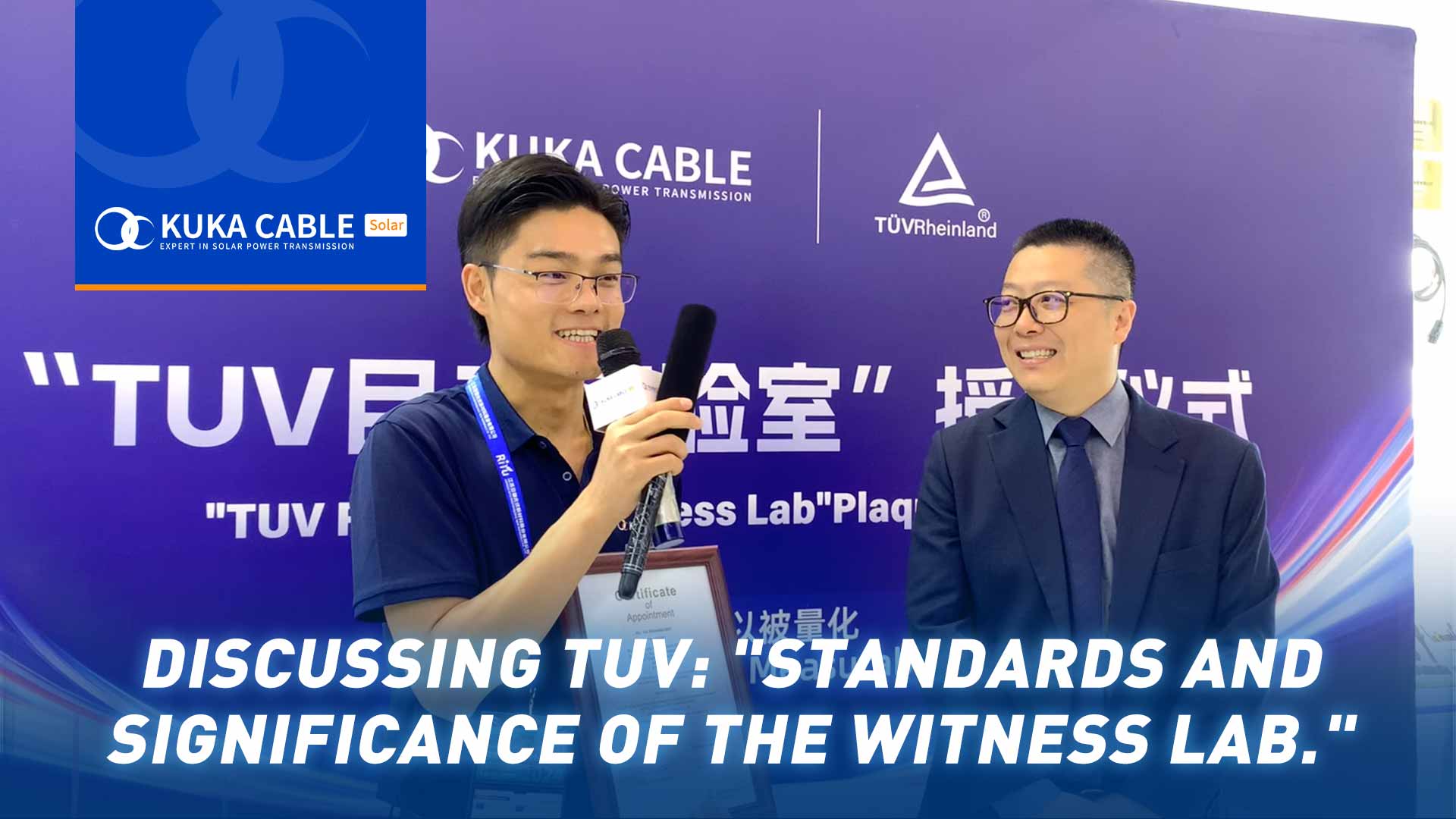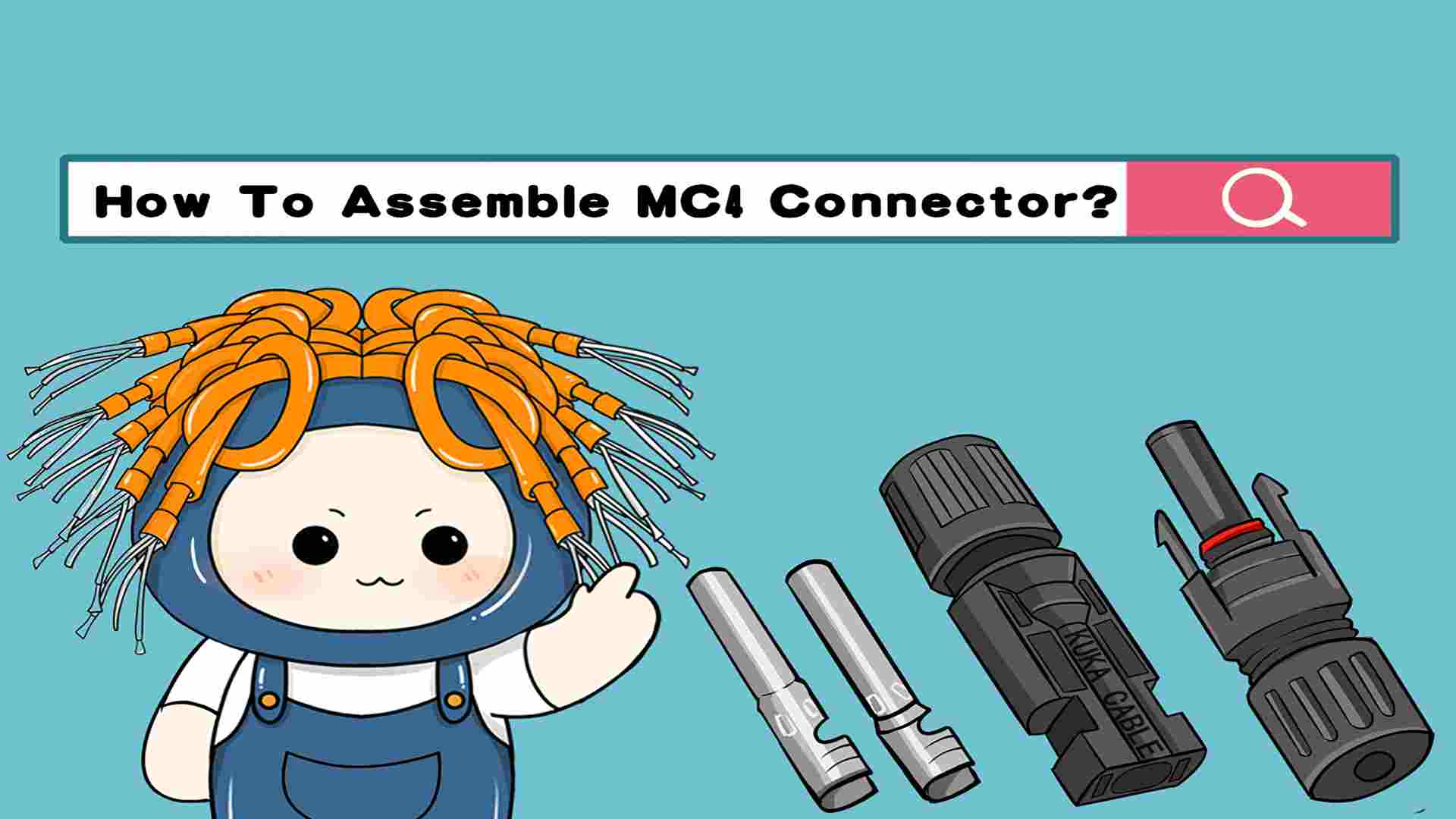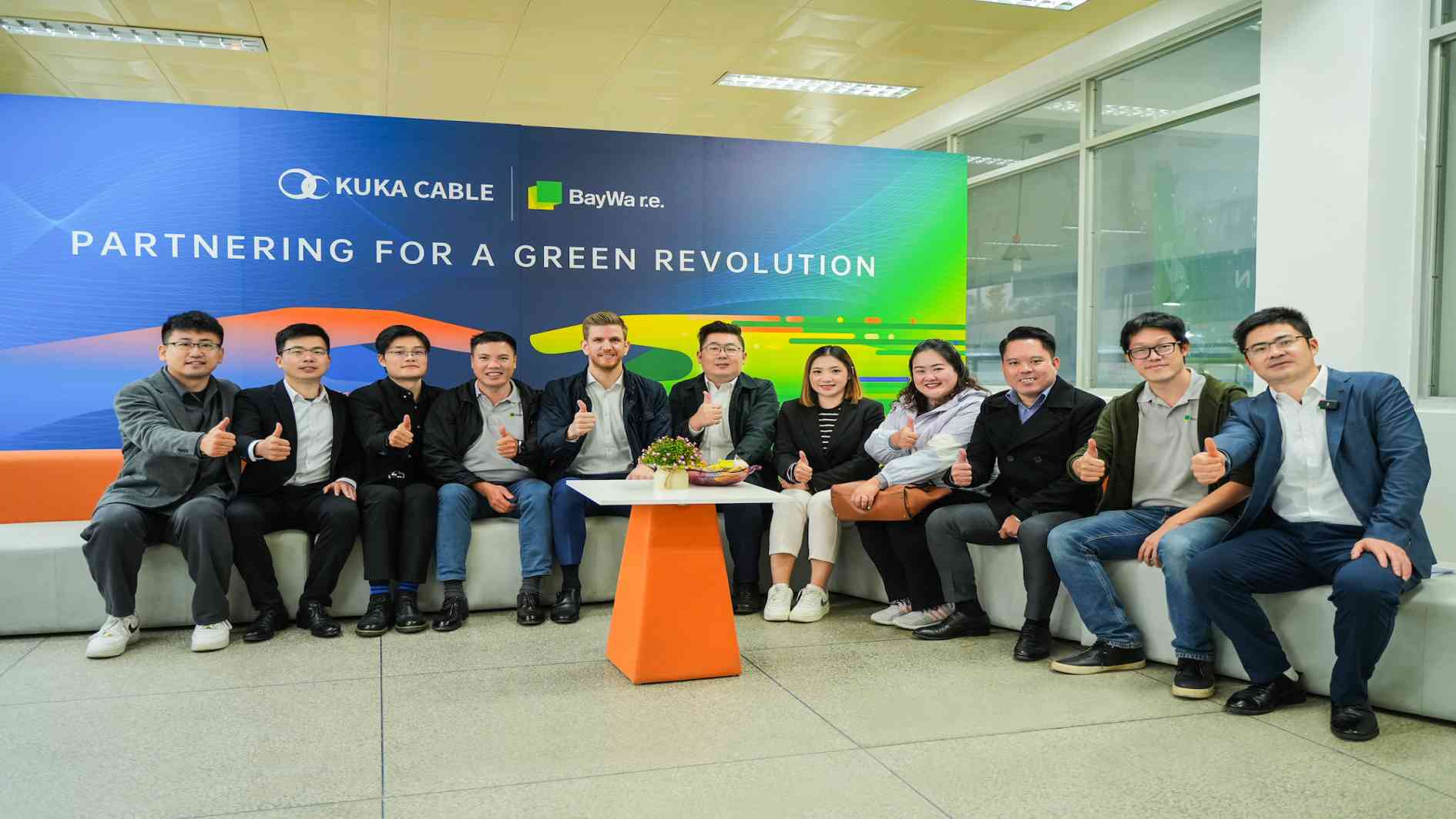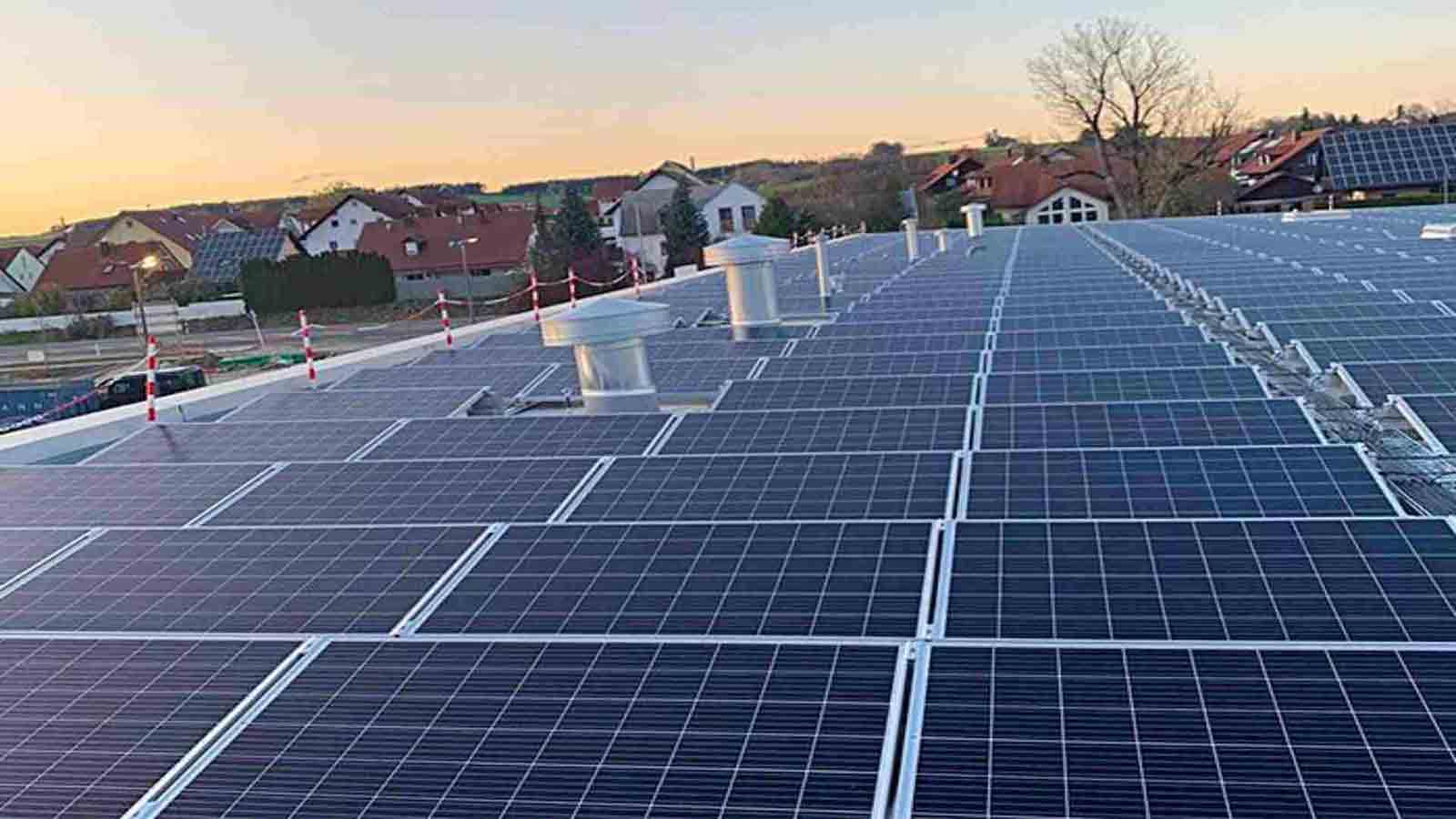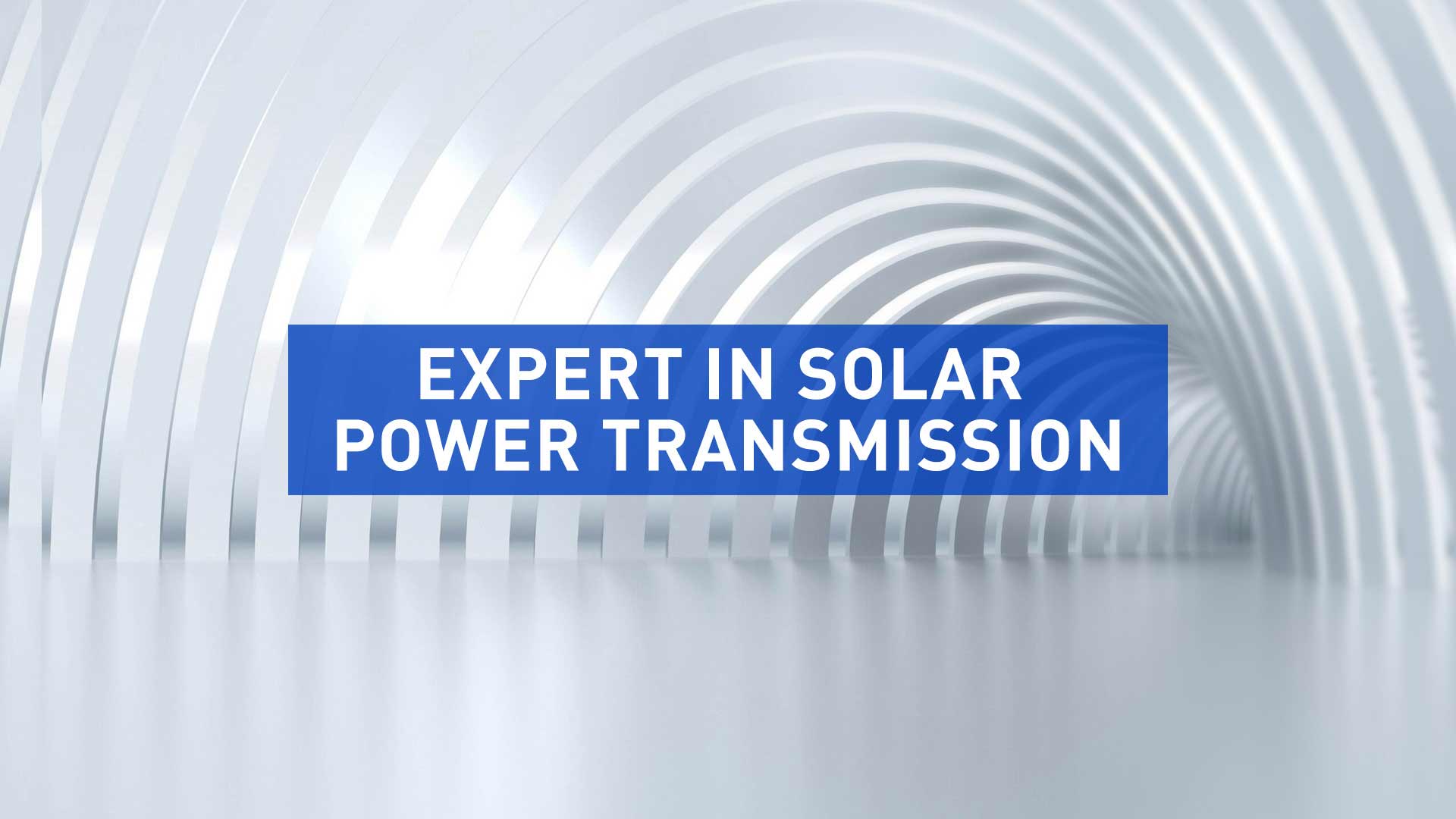Does a thicker outer diameter of PV cables mean better quality
MARCH 18ST,2025
With the rapid development of the global PV industry, PV cables, as an essential part of PV power generation systems, have attracted increasing attention. When selecting PV cables, many people habitually assume that the thicker the outer diameter, the better the quality. This view seems intuitive, as a thicker outer diameter typically provides stronger protection. However, the reality is not that simple. The thickness of a PV cable's outer diameter does not have a direct, linear relationship with its quality. The quality depends on a combination of several factors.
Relationship Between Outer Diameter and Cable Protection Performance
The outer diameter of a cable is typically determined by the thickness of its sheath and insulation layers. Thicker sheath and insulation layers offer better mechanical protection, preventing the cable from external physical damage. For example, during installation, a thicker sheath can effectively resist compression, friction, or tearing, thus protecting the cable from damage. Additionally, a thicker sheath enhances the cable's weather resistance, such as UV resistance, high-temperature endurance, and chemical corrosion resistance, enabling stable performance in harsh environments.
However, the sheath thickness is not the sole measure of cable quality. An excessively thick sheath may reduce the cable’s flexibility, affecting the ease of installation and wiring. Moreover, an overly thick sheath could impair the cable’s heat dissipation capacity, potentially causing overheating due to thermal accumulation during prolonged use, thus affecting the cable’s lifespan.
Multi-dimensional Factors Affecting Cable Quality
The quality of PV cables is not solely determined by the outer diameter and sheath thickness; the conductor material, insulation material, production process, and cable design are equally important. For instance, conductor materials are typically high-conductivity materials like copper or aluminum. Copper conductors are favored due to their high conductivity and stability. The insulation material (such as cross-linked polyethylene or EPR) determines the cable's high-temperature and aging resistance, directly influencing the cable's lifespan.
The cable’s structural design is also critical. For example, cross-linked polyethylene (XLPE) cables with advanced electron beam crosslinking technology greatly improve the cable's high-temperature, aging, and fire resistance. In contrast, standard silane cross-linked cables may not perform as well in extreme conditions.
Balancing Outer Diameter Thickness with Practical Applications
The outer diameter of a cable should be selected based on the actual operational requirements. The choice of outer diameter and sheath thickness is crucial, considering factors such as installation environment, temperature variations, humidity, and potential mechanical impacts. In certain special environments, a thicker outer diameter may provide additional protection, such as enhanced UV and chemical resistance. However, a thicker outer diameter may increase the cable’s weight and complexity during installation, making wiring and installation more cumbersome and even affecting the cable's heat dissipation.
When choosing PV cables, focusing excessively on outer diameter thickness may overlook other critical factors such as conductor material, manufacturing process, temperature resistance, and certification standards. Therefore, selecting PV cables requires a comprehensive evaluation of multiple factors to ensure optimal performance in specific applications.
How to Choose High-Quality PV Cables?
To select high-quality PV cables, in addition to considering outer diameter thickness, the following aspects should also be taken into account:
Conductor Material: High-quality copper conductors offer better conductivity and stability.
Insulation Material: Choose high-quality materials that are heat-resistant, UV-resistant, and corrosion-resistant to ensure long-term stability in harsh environments.
Production Process: Modern cross-linking technologies (such as XLPE electron beam crosslinking) effectively improve fire resistance, aging resistance, and other performance.
Certification Standards: Select cables that comply with international and regional standards to ensure their quality and performance meet industry requirements.
Conclusion While the outer diameter of PV cables is related to their mechanical protection ability and durability, it should not be simplistically assumed that a thicker outer diameter means better quality. Cable quality is a comprehensive concept that involves materials, processes, design, and other factors. Understanding the multi-dimensional characteristics of cables will help in choosing the most suitable PV cables for different application scenarios, ensuring the system’s safety and long-term stability.



